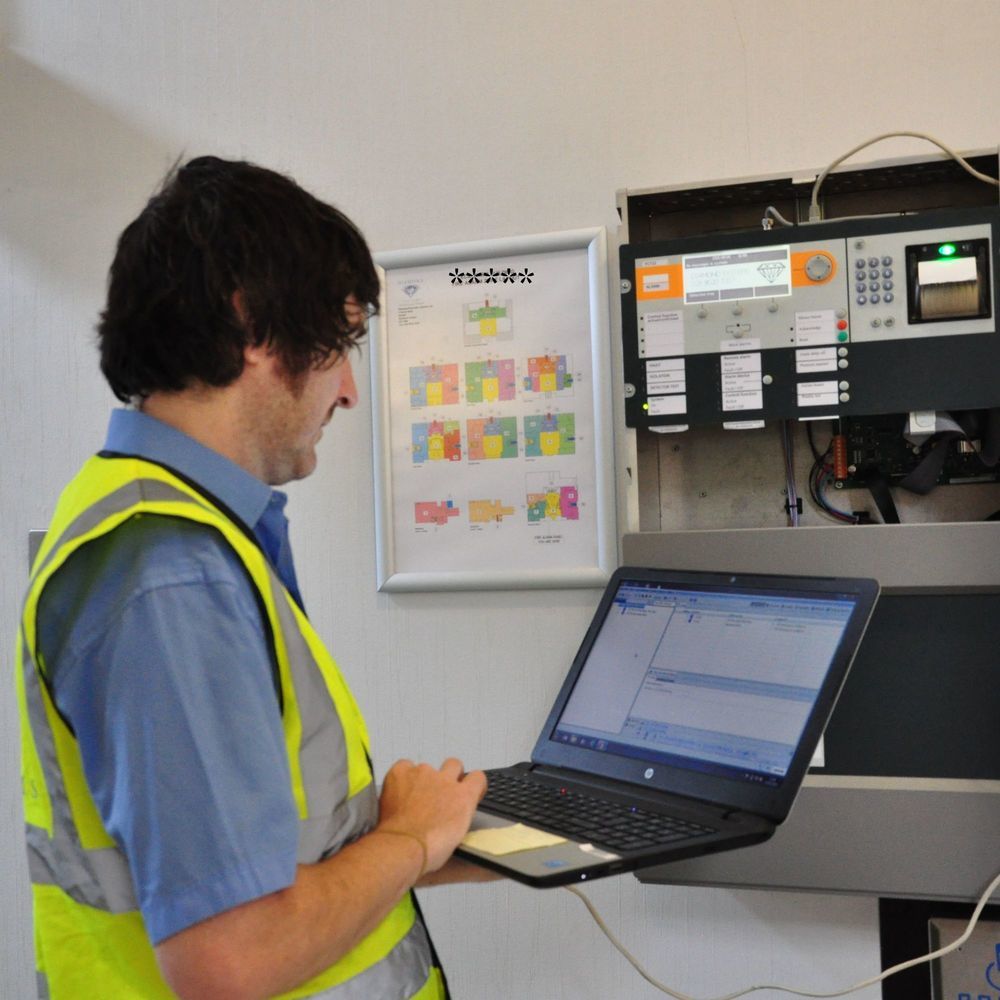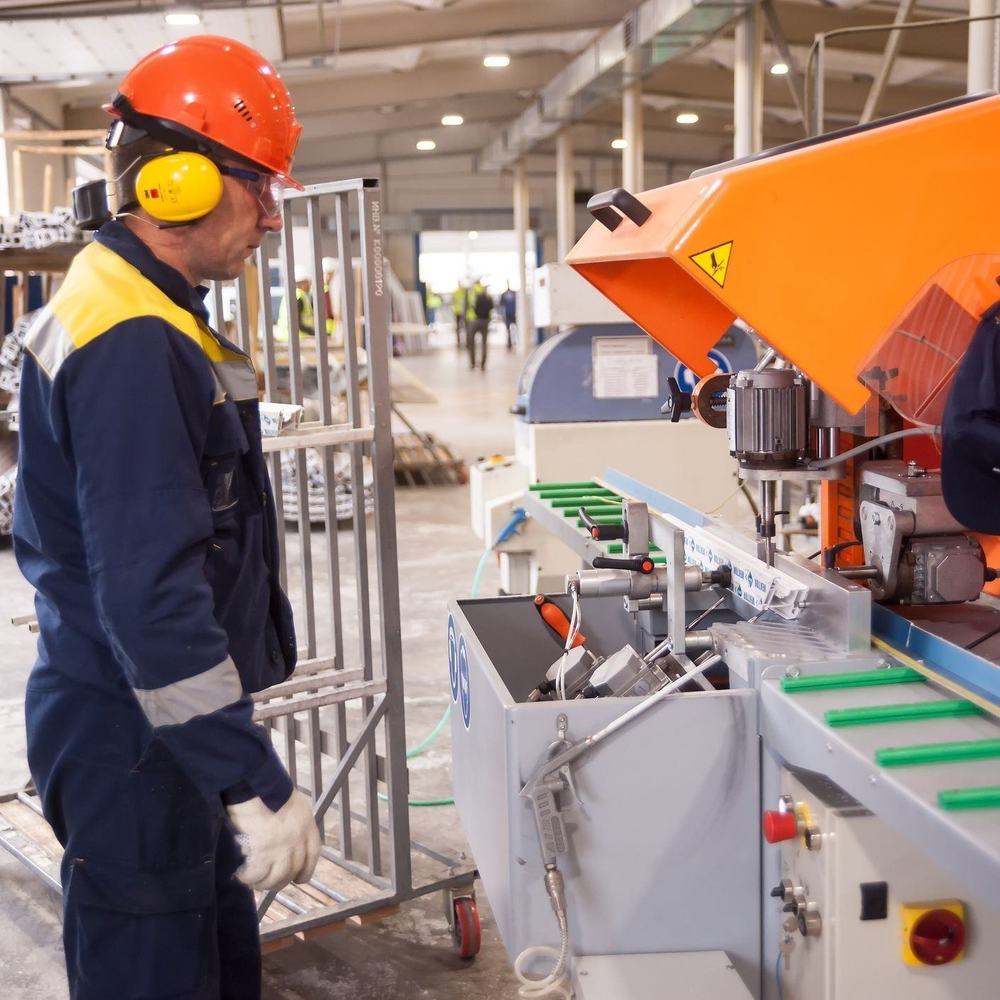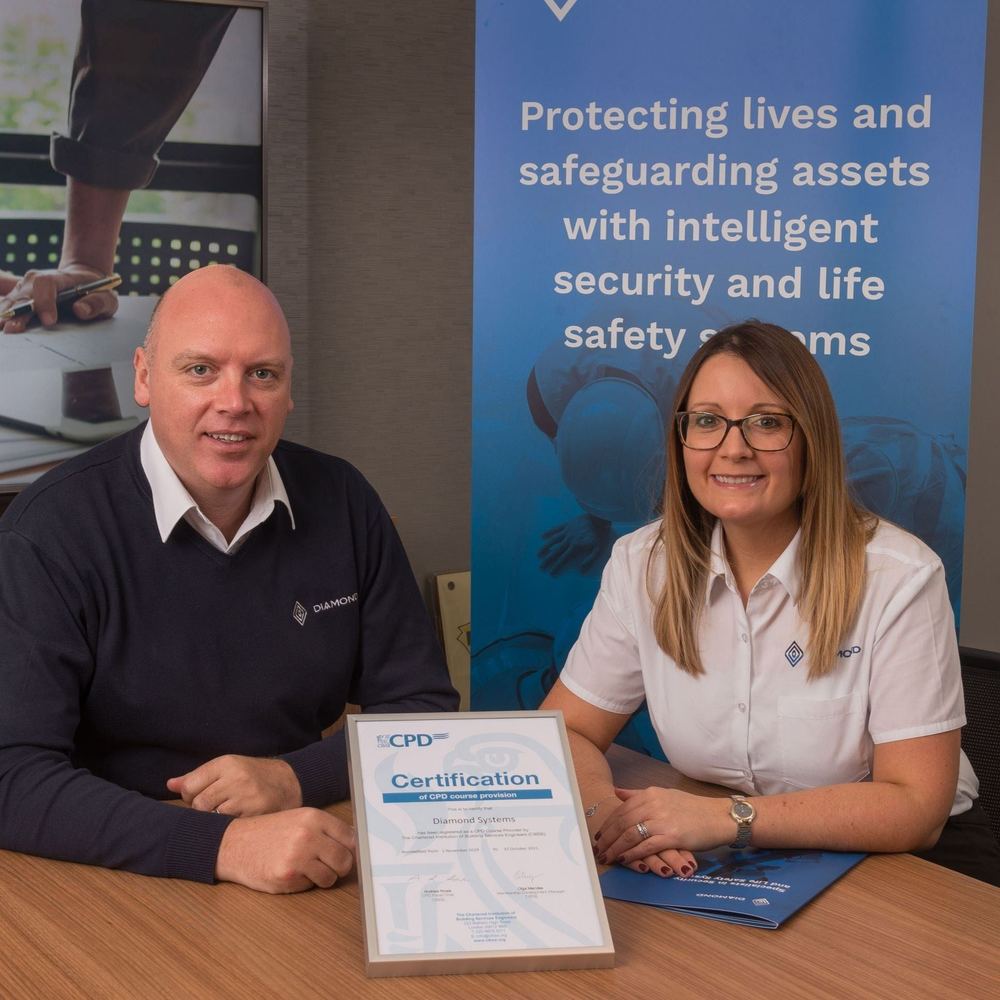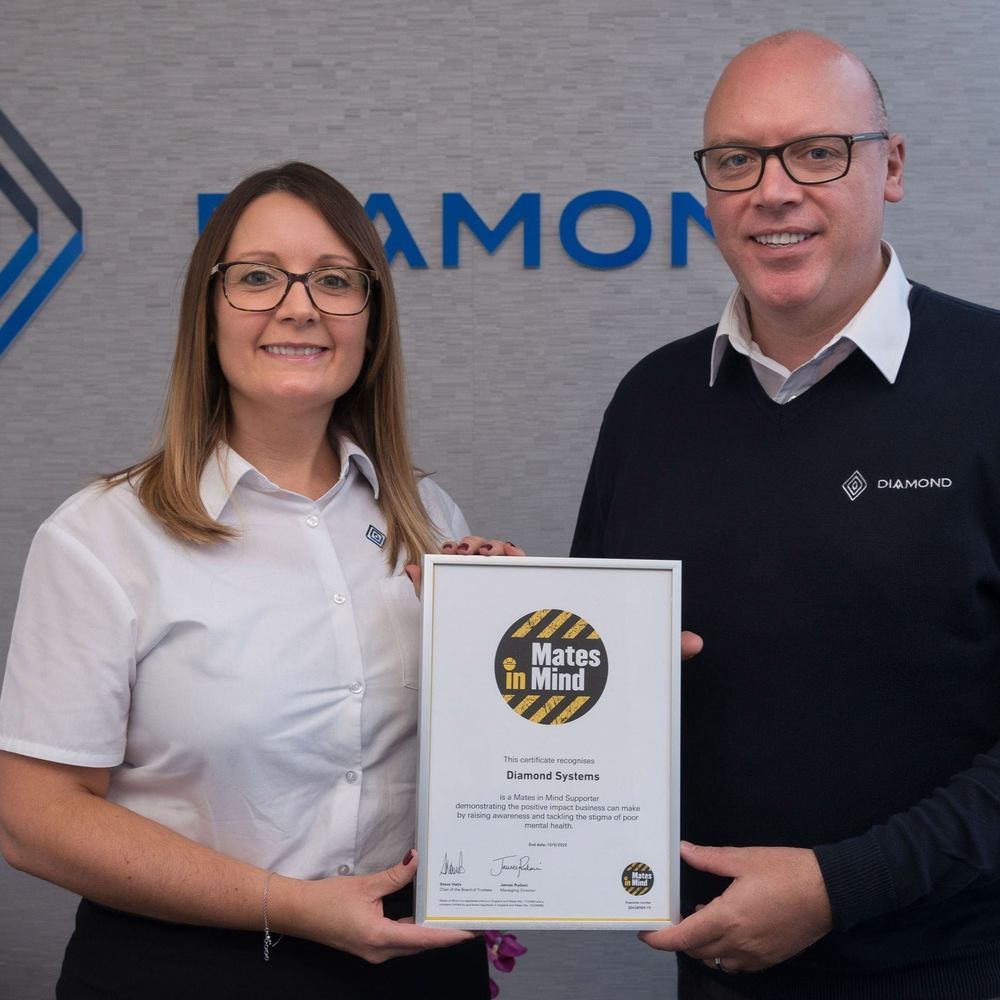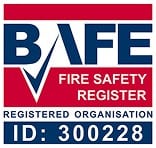It is likely that businesses across the country are currently reviewing and updating Business Continuity Plans, in light of the developing COVID-19 situation.
You may be making preparations for a temporary period of closure of your business premises. It could be this is still a number of weeks away, but now is the time for preparations of this nature.
In preparing for such a scenario, have you considered the security of your premises whilst your business is closed?
We have put together a short Q&A which you might find helpful in making preparations.
Q: Does your Business have a working intruder and fire alarm system?
A: If the answer is no, we would strongly recommend that you deem this a significant risk in your Business Continuity Planning and Impact Assessments. If the premises will be unoccupied for a time, there is a risk or theft or arson, which could have a major impact on your business.
Q: Do you know how to set and unset your intruder alarm?
A: If you do not regularly set your intruder alarm system, you need to ensure that you have the knowledge to do so. Having the alarm code or alarm fob handy is the first step, but you also need to know how to arm and disarm the system. If there are faults on the system, it may not set, so test this as soon as you can.
Q: Have you been carrying out weekly fire alarm tests?
A: This is something that the Appropriate Person within all businesses should be doing as a matter of course. It is essential for detecting any issues with the fire alarm in a timely manner, and you should begin doing this if you are not already.
Q: Has your alarm been serviced recently?
We recommend intruder and fire alarms are serviced at intervals of no more than 6 months. If you don’t have a maintenance agreement in place, this might be something to look into.
Q: Does your alarm company provide 24-hour support?
A: Choosing an NSI Gold accredited company such as Diamond, provides peace of mind that you will have access to 24 hour engineering support.
Q: Is your alarm monitored?
A: Having a maintained alarm system in place is good, but if the alarm activates, you need to know about it. Consider adding on alarm monitoring to your existing maintenance contract.
Q: Do you have police and/or fire brigade response to activations on your system?
A: In the event of an activation, your alarm monitoring company can alert the police and/or fire brigade. This will provide additional peace of mind, and will support your keyholders in the event of having to attend the premises.
Q: Is the keyholder list held by your alarm company up to date?
A: Contact your alarm company to check the current keyholders are still applicable. If they are incorrect, they cannot contact the right people in the event of an activation.
Q: My alarm system is old and no longer fit for purpose, what I can I do?
A: You could consider obtaining a quotation to upgrade your system, and spreading the cost over a number of years to make it affordable in the short term.
We hope that you have found this blog useful in taking measures to protect your property and the continuity of your business.
If you have any queries or if we can assist with any of these issues, email sales@diamondsystems.co.uk or telephone 02890 207 207.


